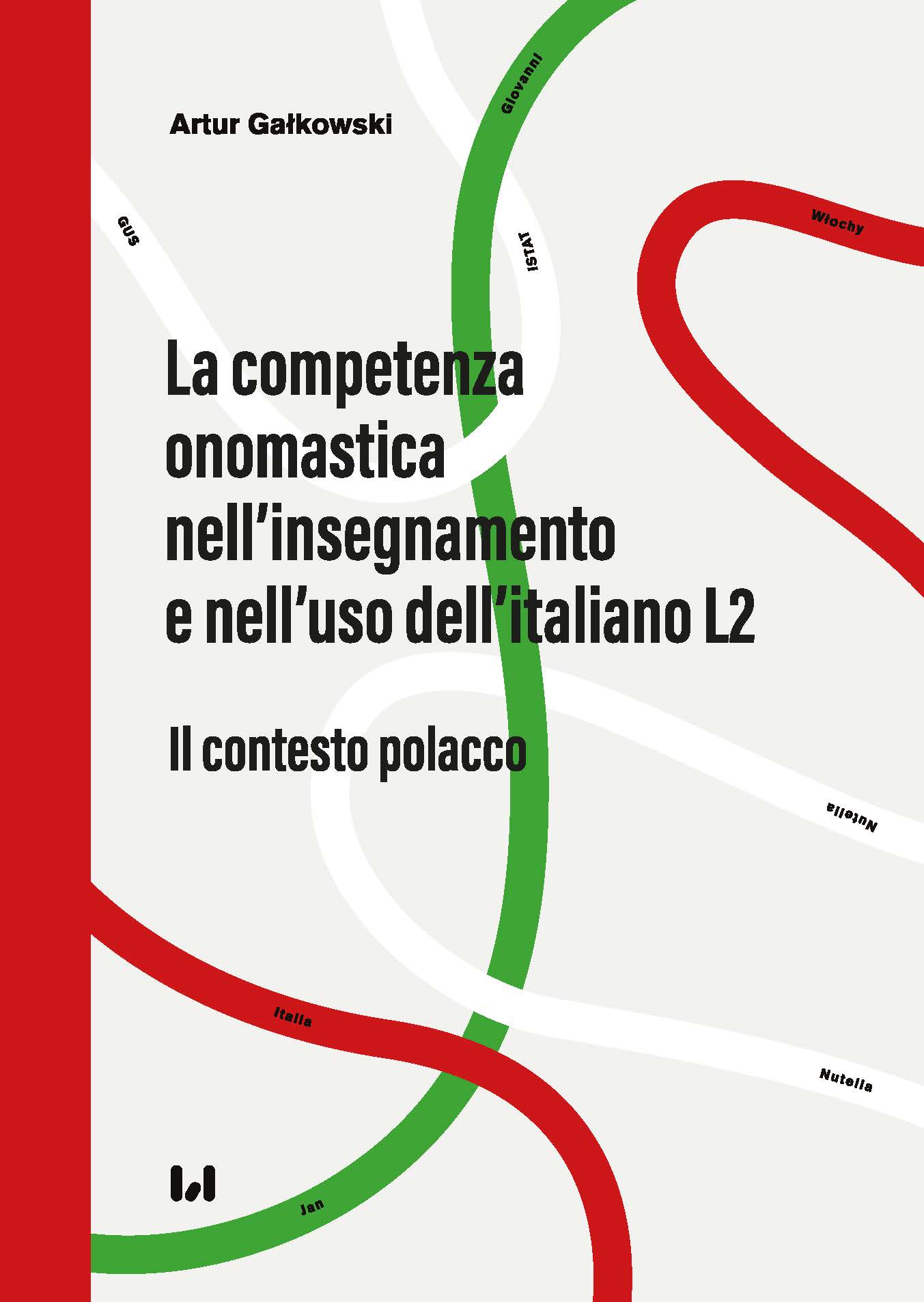La competenza onomastica nell’insegnamento e nell’uso dell’italiano L2. Il contesto polacco
Onomastic Competence in The Teaching and Use of Italian as A Foreign Language. The Polish Context
Author(s): Artur Gałkowski
Subject(s): Language studies, Language and Literature Studies, Theoretical Linguistics
Published by: Wydawnictwo Uniwersytetu Łódzkiego
Keywords: glottodidactics; Italian; foreign language; competence; onomastics; proper names
Summary/Abstract: The monograph advances the results of research conducted for glottodidactic purposes from the perspective of the teaching and use (learning/application) of Italian as L2 by Polish users. The author validates an evolved scientificdiscussion on the integration of onomastic competence with other competences in the teaching of Italian language and culture. The need to introduce a more active and conscious use of proper names, i.e. onomastic competence in glottodidactic practice, is hypothesised. Onomastic competence is the starting point for activating operations that enrich knowledge of a foreign language – in this case Italian – at lexical, structural, communicative-cultural and pragmatic levels. The thematic essays In the theoretical part of the book account for precursory investigations and key information on the system of proper names in language, thus onomastics as a subdiscipline of linguistics that deals with the formations, processes, and functions of onyms in the oral and written register of language. The application part of the monograph contains onomastic material collected in a heterogeneous corpus, representative of the rich universe of proper names extracted and catalogued in tables with reference to the Italian language-culture: anthroponyms (first names and surnames), toponyms (place/geographical names), marketing chrematonyms (brand names), institutionyms (names of organisations and institutions). First names, toponyms and institutionyms are juxtaposed with Polish equivalents. The onimic material is supplemented by a set of didactic activities and lists of Italian cultural figures and a glossary of basic onomastic terms. The postulate of distinguishing onomastic glottodidactics as a field of interest in linguistic education leads to the suggestion that this strand of glottodidactic studies is the result of an interaction and part of a broader humanistic perspective, which consists of the introduction and integration of onomastics into interdisciplinary areas and didactics, including foreign language teaching.
Series: Uniwersytet Łódzki
- E-ISBN-13: 978-83-8331-199-9
- Print-ISBN-13: 978-83-8331-198-2
- Page Count: 370
- Publication Year: 2023
- Language: Italian
- eBook-PDF
- Table of Content

